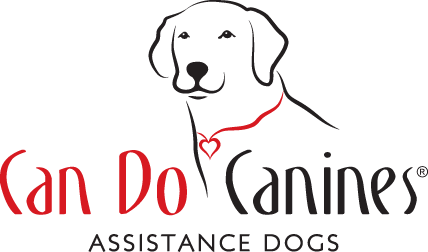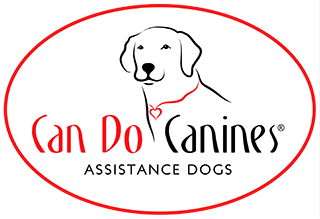Managing our stress is one of the keys to happiness. The same is true for dogs. But do you know how to recognize when your dog is tense?
Which of these do you think is not considered an early sign of stress in dogs?
- Yawning
- Lifting a paw
- Mounting another dog
- Licking its lips
Actually, any of these could be signs of stress in your dog. Granted, that doesn’t mean that every time a dog does one of these actions, it is in distress. However, by paying close attention to your dog’s behaviors, you can learn when your dog might be anxious or agitated, and you can step in to help your dog calm down.
The images below identify some of the common signs of stress in dogs. For instance, what you think might be a good-humored grin might actually be an indication that your dog is uncomfortable with the current situation. Take a close look at the examples, and then work to pinpoint which ones your dog demonstrates in troublesome times.



When trying to help your dog through a stressful situation, prevention is best. Make sure your dog’s needs (rest, food, playtime, etc.) have been met before a difficult situation might occur. Are you going on a long car ride, for instance? Make sure your dog has had ample playtime before being cooped up in a vehicle.
In the midst of a dog’s stress, assess yourself. If you’re anxious, your dog is likely to be aware of and react to your emotions. Breathe, relax, and clear your mind.
Now, let’s say you are encountering a new experience with your dog. Maybe you are on a walk and a street cleaner turns the corner and is coming toward you, causing the dog to be a bit panicked. Move away from the stressor until the dog does not display any stress behaviors. Once they have returned to baseline, let them observe the stressor. Reward them for watching it without a stressed reaction. Let them decide to move closer again, then reward them for those choices.
Sometimes you can take a preventative approach by moving the dog away from where a stressor will be. If you know that small children will be coming over, and your dog doesn’t always do well in those circumstances, get the dog comfortable in another room before your visitors arrive, so your pup doesn’t need to get all worked up.
Remember that you should not try to force your dog through a stressful situation. By allowing your dog an “out” from being uncomfortable, you will gain trust and become your dog’s advocate in that moment.
And happy pets are the best pets for everyone!

 Mobility Assist Dog Gina is More than Ruth Ever Expected
Mobility Assist Dog Gina is More than Ruth Ever Expected



